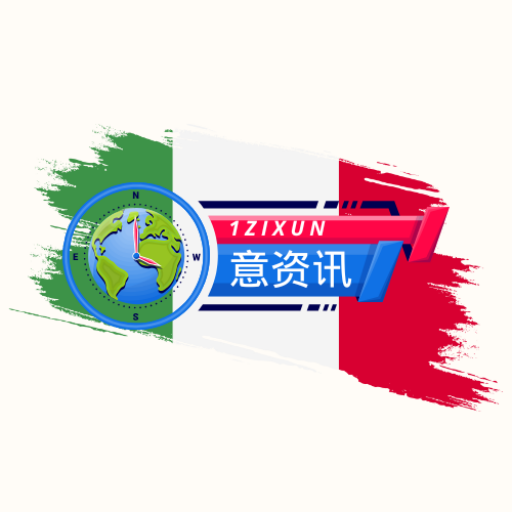The fragile trade truce struck in Scotland remains vulnerable to transatlantic turbulence. Former U.S. President Donald Trump has reignited tensions, threatening to impose 35% tariffs on Europe unless the continent delivers on €600 billion in promised investments. “They guaranteed them to get what we want. That’s the only reason I lowered tariffs to 15%,” warned the tycoon, unsettling the ceasefire and raising the specter of duties as high as 250% on microchips and pharmaceuticals, potentially “as soon as next week.”
Brussels maintains an official stance of composure. The European Commission continues to present the agreed 15% tariff ceiling as a universal “insurance policy,” covering sectors like medicines and semiconductors. However, this threshold also marks a “red line” drawn by Commission President Ursula von der Leyen. The EU has warned it “has the means to react” if Washington pushes beyond these margins. As a conciliatory gesture, EU countermeasures are now officially suspended for six months, pending formal approval by the 27 member states within two weeks.
After days of volatile negotiations marked by conflicting interpretations, a first joint EU-US draft text is in “advanced stages,” currently on the table for U.S. negotiators Howard Lutnick and Jamieson Greer. EU Commissioner Maros Sefcovic maintains a “constructive” channel with them. Uncertainty lingers, however, over which Trump administration official will ultimately sign off on agreed points.
The investment chapter – totaling well over €1 trillion, including energy projects – remains highly contentious. The EU executive acknowledges it cannot legally guarantee commitments that inherently lie with the private sector. While non-binding and lacking an official date, the upcoming EU-US declaration will nonetheless establish the initial, flexible boundaries of the new transatlantic relationship, including outlining the first exemptions to the 15% tariff threshold. The automotive sector is poised for early relief: realizing Trump’s pledge to cut car tariffs from 27.5% to 15% requires a new executive order, distinct from the one signed July 31st and effective August 7th. The EU views this development with confidence, anticipating a breakthrough “very soon.”
Brussels further emphasized its resolve to “fight for every single product” deemed strategic, sector by sector, aiming for zero tariffs or at least Most Favored Nation (MFN) treatment (4.8%). Aircraft and components will be the first beneficiaries, securing their place in the joint text. Negotiations for other goods – spanning wine, spirits, medical devices, and chemicals – will demand patience, likely taking “months” to finalize. Italy intends to prioritize its interests, notably in agri-food, during these talks.
“No one pretends all battles are won, but we’ve built a solid foundation. We needed to position ourselves with relative strength and stability,” a senior EU official reiterated, defending the agreement as the “best possible under current conditions.” The mood is one of “relief,” not “celebration,” partly bolstered by observing challenges beyond Europe’s borders. Switzerland, fearing a devastating 39% tariff shock, urgently dispatched its President and Economy Minister to Washington and anticipates further blows to its pharmaceutical giants. India also faces scrutiny over its energy ties with Moscow, risking punitive tariffs exceeding 25%.
Internal EU tensions persist. Brussels asserts the 27 member states were consistently involved in negotiations, noting only a “small minority” supported escalation. Nevertheless, criticism from German Minister Lars Klingbeil, voiced while in the U.S., struck a nerve within the von der Leyen Commission. Berlin swiftly countered, affirming its support for the negotiated path as the sole means to “guarantee stability and defend the common European interest.”
© Copyright ANSA – All rights reserved
